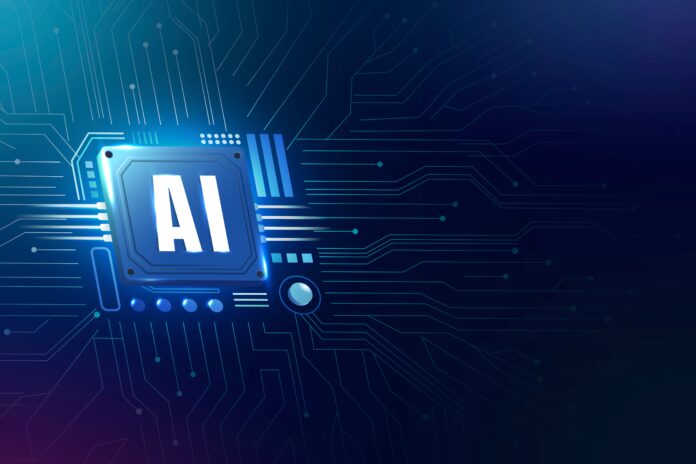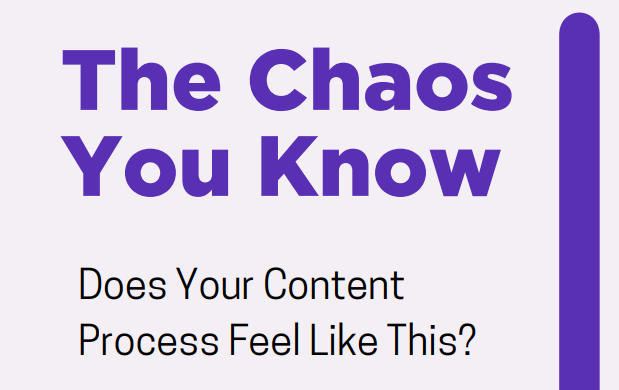For years, AI in marketing was synonymous with chatbots and virtual assistants. They booked appointments, answered FAQs, and maybe recommended a product or two. But that was just the warm-up.
In 2025, AI has moved beyond the edges of marketing operations and into its very core. The age of AI-enhanced marketing is giving way to AI-embedded marketing—where intelligent systems don’t just support campaigns; they design, drive, and optimize them from within.
This is not about replacing marketers. It’s about augmenting them—radically. Here’s how AI is reshaping the modern marketing stack, from audience strategy to creative execution.
From Assistants to Architects
AI’s evolution in marketing mirrors a broader shift in enterprise tech: from task-based support tools to fully integrated decision-making engines.
- Then: An AI assistant scheduled your newsletter.
- Now: An AI model determines when to send it, to whom, with what creative, and why—all based on real-time data.
The difference is depth. AI is no longer a wrapper on the surface of marketing. It’s the wiring underneath.
1. AI at the Core of Customer Data Platforms (CDPs)
CDPs were built to unify fragmented customer data across platforms. But data unification is no longer enough. Marketers need insights, not just records.
Modern CDPs now embed AI to:
- Predict customer lifetime value
- Score leads automatically
- Detect churn signals before they’re visible
- Suggest micro-segments marketers might have missed
The result? Smarter personalization, more efficient budget allocation, and faster iteration cycles.
2. AI-Powered Content Engines
Generative AI hasn’t just made content creation faster—it’s made it strategic.
- Content intelligence platforms analyze performance data and recommend formats, topics, tones, and CTAs most likely to convert.
- Generative tools create dynamic ad variants, personalized landing pages, and SEO-optimized copy tailored to intent signals.
- Predictive engines surface which creative assets are likely to fatigue next week—not after the drop happens.
Brands that embed AI into their CMS and DAM platforms are scaling creative like never before—without sacrificing relevance or brand voice.
3. Predictive Analytics Driving Strategy
Marketing used to be reactive: Look back at what worked, then try it again. Today, AI enables a shift to predictive strategy, where:
- Budget forecasts adapt to market sentiment and competitor activity
- Campaigns self-optimize based on real-time performance
- Audience modeling includes behavioral intent, not just demographic profiles
Tools like Mixpanel, Amplitude, and newer AI-native platforms now bake these predictions into dashboards, making them accessible even to non-technical teams.
4. Autonomous Media Buying and Optimization
AI-driven programmatic advertising is no longer just about bidding efficiency. It’s evolving into autonomous media planning, where algorithms:
- Test thousands of creative-audience combinations
- Learn in-session from user behavior
- Shift spend automatically between channels, formats, and even messaging
This isn’t just performance marketing—it’s performance learning. Platforms like Google Performance Max or Meta Advantage+ are early examples of this shift, but forward-thinking brands are building custom AI layers on top to maintain control and differentiation.
5. Real-Time Journey Orchestration
Today’s customer journey is nonlinear. AI is now helping brands meet customers wherever they are—with hyper-contextual messaging based on touchpoint history, sentiment, and intent.
Martech stacks with embedded AI can:
- Trigger personalized experiences across channels (email, SMS, push, web)
- Re-sequence journey steps based on real-time actions
- A/B test in real time, not over weeks
Journey orchestration engines like Braze, Salesforce Interaction Studio, and Adobe Journey Optimizer are using AI to deliver the right experience, not just the next one.
6. Marketing Ops and Workflow Automation
AI isn’t just reshaping strategy—it’s transforming how marketing teams work.
- Intelligent workflow tools auto-prioritize tasks based on urgency and predicted ROI.
- AI copilots within project management tools can summarize campaign status, flag risks, and even recommend deadlines.
- AI-assisted QA checks for broken links, compliance risks, or brand guideline violations before content goes live.
These capabilities reduce operational drag and free marketers to focus on creativity and strategy.
The New Stack Is a Living System
In traditional martech, systems were siloed: one for CRM, another for ads, another for analytics. AI is breaking those walls by acting as the connective tissue—learning across systems, optimizing holistically, and surfacing insights that used to be buried in dashboards.
In an AI-embedded martech stack:
- Data flows continuously between platforms
- Models evolve based on feedback loops
- Execution is tied to prediction, not guesswork
Challenges: It’s Not Plug-and-Play
This shift isn’t without friction. Deep AI integration raises real challenges:
- Data governance: As AI gets access to more data, ensuring ethical use and regulatory compliance is paramount.
- Explainability: Marketers need transparency—what’s the model doing, and why?
- Team transformation: Creative, media, and data teams must work more closely than ever. Silos must fall.
Still, the upside is undeniable. AI isn’t just making marketers faster. It’s making them wiser.
The Future: AI as Marketing Operating System
We’re approaching a future where AI becomes the operating system for marketing—not just a tool within it. Strategy, planning, activation, and optimization will be guided by AI systems that work continuously, collaboratively, and contextually.
Marketers won’t just prompt AI—they’ll partner with it.
And while the chatbot may have started the journey, it’s the deeply embedded AI that will define the next era of growth.



